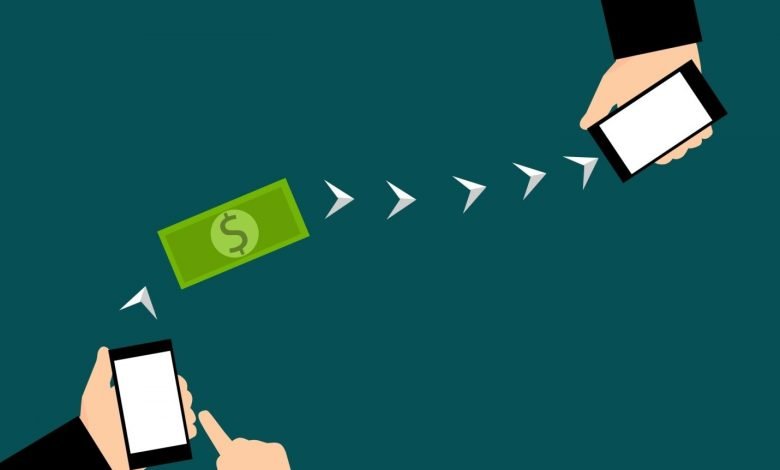
Mobile Payment Systems: A Complete Guide to How They Work
Are you missing out on sales for your business by not accepting mobile payments?
Around 1.18 billion people worldwide paid using their mobile phones at a point of sale (POS) in 2020, up by 22% from the year before, with the number expected to approach 1.5 billion by 2025.
If you are looking to expand your customer base, read on for our mobile payment systems guide.
What Is a Mobile Payment System?
Mobile payment systems encompass any transactions that are completed using a mobile device such as a mobile phone or smartwatch. They include payments to retailers as well as peer-to-peer money transfers. There are several different mobile payment system types. These include:
- Contactless mobile bank cards
- Digital wallets, e.g. Apple Pay, Google Pay
- Mobile commerce apps
- Money transfers via mobile app
- Merchant mobile point of sale (POS) devices
Mobile POS devices and contactless mobile debit or credit cards are used in physical stores, while a mobile commerce payment system allows a customer to pay for products and services like GameMine using their phone.
How Do Mobile Payment Systems Work?
There are three main types of mobile payment technology that exchange information between devices.
Near-field communication (NFC) is a type of radio-frequency identification (RFID). To make a contactless payment, a customer holds an NFC-enabled device close to an NFC-enabled POS terminal, which passes encrypted information between them to complete the transaction.
This enables the customer to use a mobile version of a contactless card in a banking app, or a digital wallet to make the payment from their device.
Magnetic secure transmission (MST) technology sends a magnetic signal from the customer’s device to a card terminal, mimicking the swipe of the magnetic strip on a physical card.
That makes it compatible with older card readers that do not have NFC. Mobile wallets like Samsung Pay and LG Pay use this type of technology.
Quick response (QR) codes enable payments in two ways. The customer can scan the code with their mobile camera or a QR scanning app.
This will bring up the details of the purchase and they can tap to confirm the payment. Alternatively, the customer can use a retailer or payment app to display a QR code that the retailer scans to complete the transaction.
What Are the Benefits of a Mobile Payment System?
Why should you consider accepting mobile payments for your business? There are several benefits to using mobile payments that customers find attractive, which could increase your sales.
Speed
Mobile transactions take seconds, which makes them faster than entering a pin number, swiping a card and taking a signature, or counting cash and providing change. This can reduce the length of checkout lines forming in a busy store, which might discourage shoppers tight on time.
Convenience
Mobile payments are more convenient for customers. They enable them to make a purchase even if they are not carrying cash. This can result in sales that the merchant might otherwise have missed.
Secure
Mobile apps and digital wallets use biometric or two-factor authentification to enable payments. These are more secure than physical cards or cash, reducing the chances of fraud.
Consider Mobile Payment Systems for Your Business
The use of mobile payment systems is forecast to rise in the future as consumers increasingly adopt digital wallets on their smart devices. Accepting mobile payments is fast, secure, and convenient and could help you increase sales.
If you found these mobile payment system tips useful, check out the other articles on the blog.



